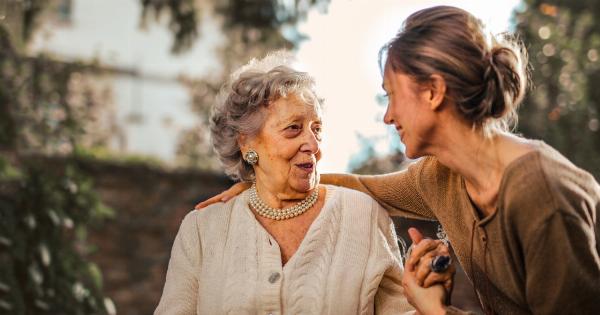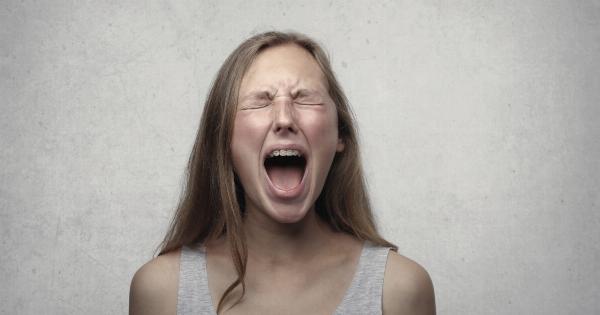Falls are a common problem among older individuals. It can result in serious injuries that can lead to disability, hospitalization, and even death. Falls are a growing public health issue and can be a cause of concern for postmenopausal women.
However, it’s not just menopausal women who are at risk of falls; anyone can be. Understanding the causes of falls beyond menopause can provide valuable insights into prevention and management strategies.
What are falls and what causes them?
Falls are defined as an unintentional change in position, leading to the individual coming to rest on the ground, floor or lower level.
They can occur at any age and are caused by myriad factors, including environmental hazards, chronic medical conditions, and medication side effects.
Environmental hazards
Environmental hazards can include unsafe infrastructure, poor lighting, wet floors, and cluttered spaces. Elderly individuals have less flexibility, mobility, and balance, and these environmental hazards can increase their risk of falling.
Chronic medical conditions
Chronic medical conditions, like diabetes, arthritis, and neurological conditions, can all contribute to falls.
These conditions can cause muscle weakness, dizziness, poor vision, and cognitive impairment, making it more challenging for individuals to maintain their balance.
Medication side effects
Medication side effects are another common cause of falls. Some drugs used to treat high blood pressure, depression, anxiety, and sleep disorders can cause dizziness, drowsiness, and confusion, increasing the risk of falls.
Age-related changes
As we age, our body experiences numerous changes that can affect our balance and increase the risk of falls. These changes can include reduced muscle mass, decreased sensory input (hearing, touch, and eyesight), and decreased bone density.
Prevention and management strategies
To prevent falls, individuals can take several proactive steps. These steps include:.
- Engage in regular exercise to improve strength and balance
- Ensure that living spaces are free of hazards
- Have regular vision and hearing check-ups
- Use appropriate assistive devices
- Modify medication regimens to eliminate or minimize the side effects that can cause falls
In addition, effective management strategies for individuals who have experienced a fall include:.
- Assessing health and physical status
- Evaluating environmental hazards
- Providing rehabilitation to improve strength and balance
- Reviewing medication regimens to eliminate or minimize the side effects that can cause falls
- Offering assistive devices and mobility aids
Conclusion
Falls can result in serious injuries and are a growing public health issue. While often associated with menopausal women, anyone can suffer from a fall.
Environmental hazards, chronic medical conditions, medication side effects and age-related changes can all contribute to falls. Preventative measures and management strategies are vital to reducing the risk of falls and improving the quality of life for individuals who have experienced a fall.





























